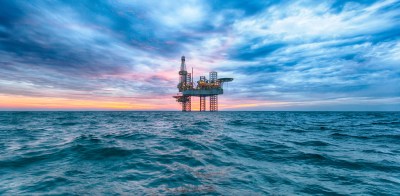Data as of July 31, 2019 unless otherwise noted
Performance (total returns)
| Benchmarks | July 2019 | YTD |
|---|---|---|
| Alerian MLP Index (AMZX) | -0.19% | 16.73% |
| Alerian Midstream Energy Select Index (AMEIX) | -2.03% | 19.92% |
| ICE BofAML U.S. High Yield Energy Index (HY Energy) | -1.28% | 6.14% |
| S&P 500 Energy Index (S&P Energy) | -1.78% | 11.11% |
Performance data quoted represents past performance and is no guarantee of future results. An investment cannot be made directly in an index.
Crude flat as energy market seeks direction: Energy markets continued to seesaw, falling modestly in July after gaining in June. Crude prices, which have been volatile since the end of April, continued to oscillate but ended the month flat. The midstream sector, which has outperformed large-cap energy stocks and HY Energy so far in 2019, declined as interest rates went sideways, and U.S. production appears to have flattened out for now. S&P Energy, which has traded with crude all year, has been contending with plummeting earnings forecasts. After a 28% drop in EPS for the sector in Q1, analysts expect another 14% year-over-year decline once all Q2 results are in.¹ HY Energy fell -1.28% as spreads widened another 38 bps and are now 225 bps wide of the total high yield market, the largest difference since 2016.¹ U.S. crude inventories declined a total of 31.9 million barrels in July, providing a tailwind for prices even as global economic conditions continued to deteriorate.¹ Trade rhetoric continues to be a top concern for prices going forward.
How passive investing impacts the midstream sector: Passive investing has grown significantly during the current decade-long equity bull run and now constitutes nearly half of U.S. equity market ownership.¹ Traditionally, the midstream sector had been less impacted by the passive push because most firms were structured as MLPs, and MLPs are not eligible for many indexes. Recently, as firms have converted to C-corps, the amount of passive money that has flowed into midstream firms has increased. On average, 11.4% of midstream C-corp equity ownership is passive, compared to 0.1% for MLPs.² The 5 largest c-corps have received a disproportionate share of the flows, helping boost them to a 27.7% average YTD return, compared to 16.73% and 19.92% for the AMZX and AMEIX, respectively.¹ Large firms currently structured as MLPs may see this trend and be tempted to convert to c-corps, giving them the ability to be included in more indexes and thus receive increased passive flows. As the midstream sector continues to struggle to attract equity capital, this may be one way to jumpstart flows and boost share price returns.
Key takeaways
- Energy markets declined in July as negative sentiment weighed on the sector and crude prices were largely unchanged.
- Passive fund flows helped large midstream companies structured as c-corps outperform.


